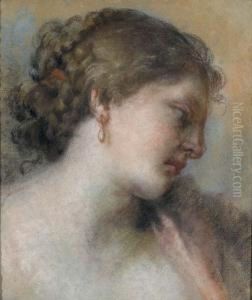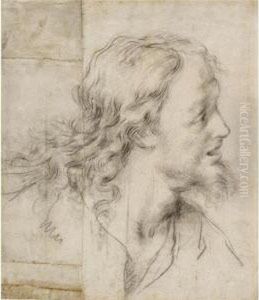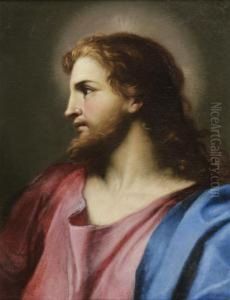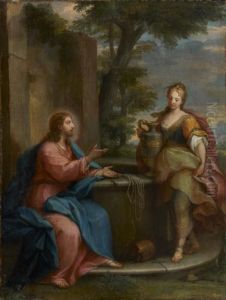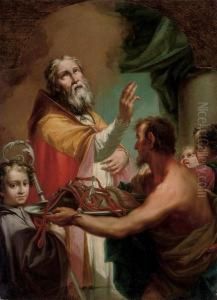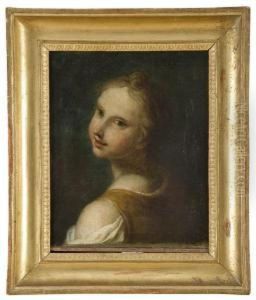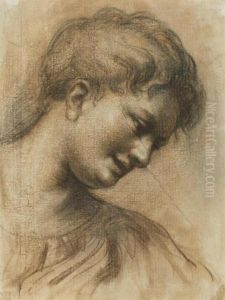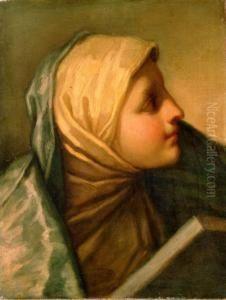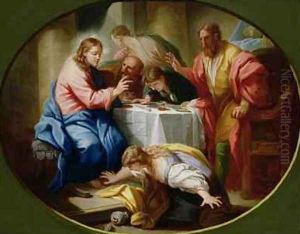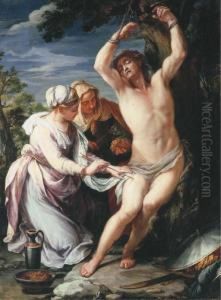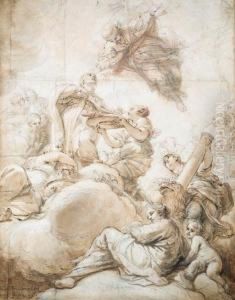Benedetto Luti Paintings
Benedetto Luti was an Italian painter born on November 17, 1666, in Florence, Italy. He is known for his skill in using pastel colors and his contributions to the Rococo art movement, although his work also displayed elements of the preceding Baroque style. Luti was a student of Anton Domenico Gabbiani and later moved to Rome, where he became part of the artistic circle surrounding the influential patron Cardinal Ottoboni.
In Rome, Luti quickly gained a reputation for his delicate handling of color and his capacity to imbue his religious and mythological subjects with a tender and emotive quality. His fame grew as he received commissions from prominent patrons, and he painted altarpieces for various churches in Rome. Luti's work was characterized by its softness and grace, with a particular emphasis on sweet and serene expressions in his figures.
Not only was Luti an accomplished painter, but he was also a respected teacher and held the position of the Principe of the Accademia di San Luca, an esteemed academy of artists in Rome, from 1720 to 1723. His influence extended to his students, who included notable artists such as Pompeo Batoni.
Luti's art was appreciated not only in Italy but also abroad. He was known to have worked for foreign dignitaries and collectors, and his paintings were sought after for their aesthetic appeal and technical mastery. Luti continued to work and teach in Rome until his death on June 17, 1724.
Today, Benedetto Luti is remembered for his contributions to the development of Rococo art in Italy and his mastery of pastel painting. His works can be found in various museums and collections around the world, showcasing his talent for capturing the beauty and emotion of his subjects.
